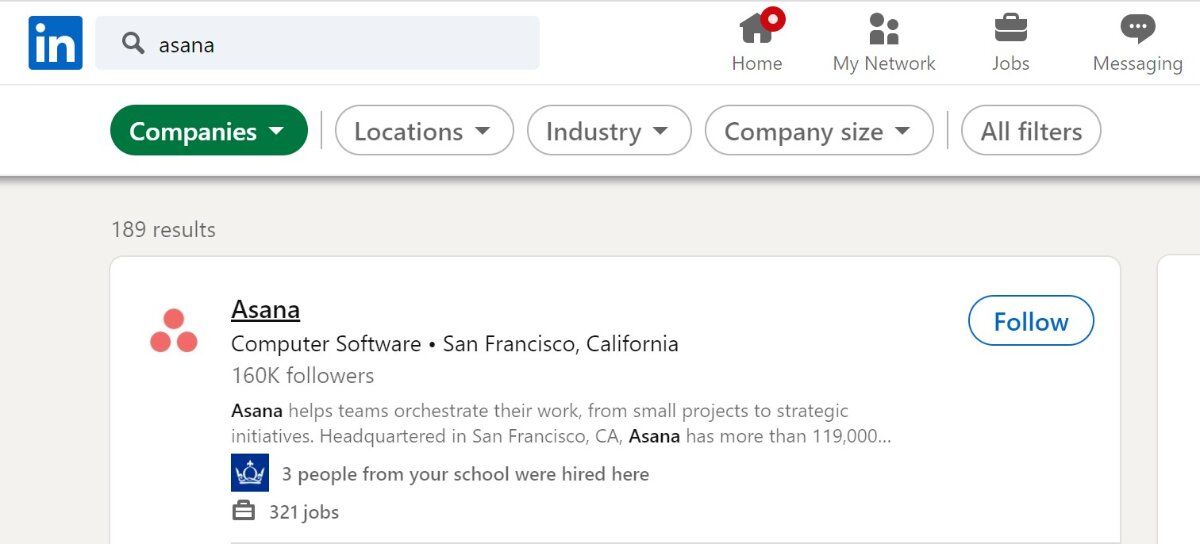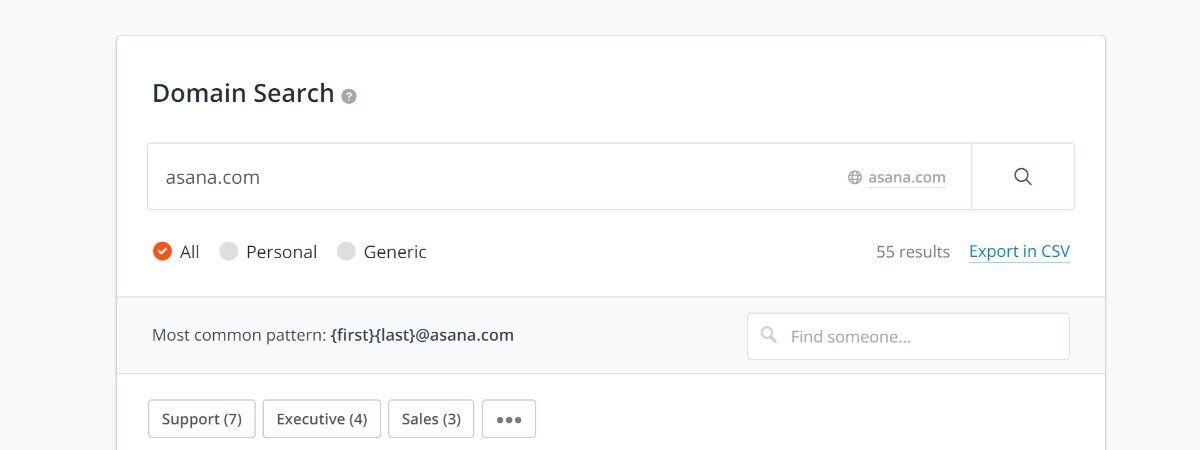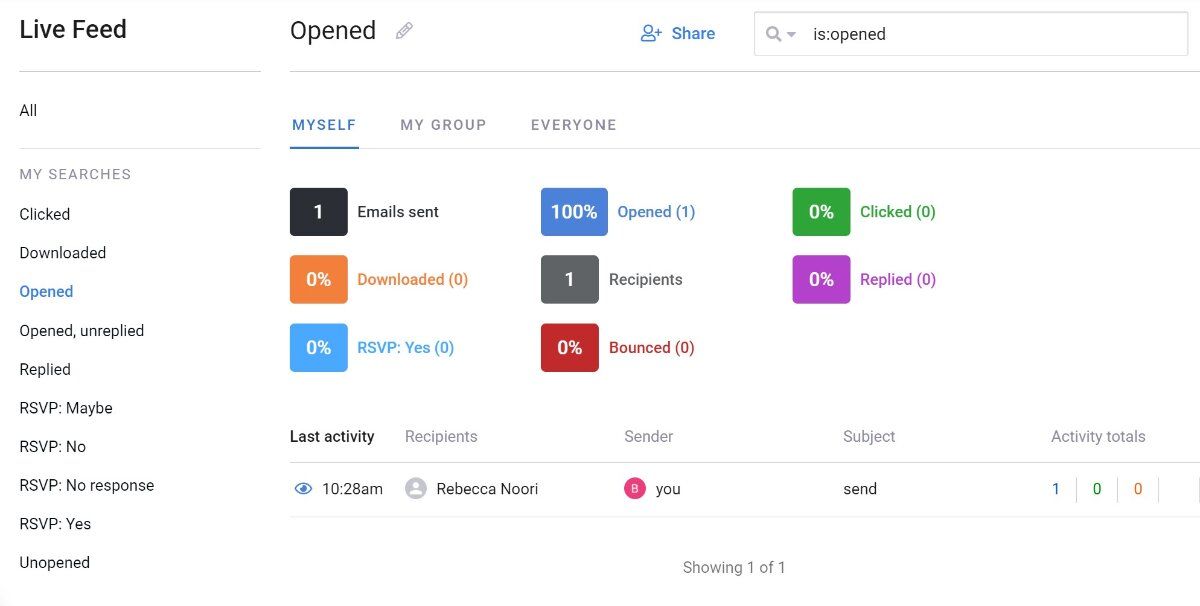Have you been looking for a job without success? Perhaps you’ve been applying to job ads, replying to social media posts, or even filling out application forms directly on a company website.If you're not having any luck standing out from a crowd of applicants, try a more proactive approach—cold pitching!
What Is Cold Pitching?
Let's start with what cold pitching is not. Cold pitching isn't waiting around for a company to announce a vacancy and then competing with hundreds of other applicants who all want the job. Instead, it's choosing the exact type of company you want to work with and getting on their radar before contacting them directly.
Even if they don’t have a vacancy at the moment, they may remember you when they do have a position to fill. So throw your hat in the ring now, and you’ll be top of the candidate list!
Challenges With Cold Pitching
If you've tried cold pitching before, you may have experienced problems with this job-hunting technique. It’s certainly not an easy process, and some common issues crop up, including:
- Not contacting the right people—don’t make the mistake of contacting the Head of Marketing if you’re looking for a job in Accounts.
- Not customizing your message correctly—generic messages aren’t likely to work.
- Your message is never opened—huge companies receive pitches every day and may routinely delete messages from people they don’t recognize.
Many of these challenges occur because cold pitching is similar to cold calling. And by nature, people don’t tend to like unsolicited pitches. That’s why it’s important to “warm up” a prospect by getting on their radar before making your pitch.
A Guide to Successful Pitching
Pitching can be used both by job applicants looking for a permanent position and freelancers who want to find new clients to work with. Follow these six tips for the best results.
1. Find Companies in Your Niche
The first step is to create a list of companies you would love to work for. You can use the search function in Google, LinkedIn, or Twitter to help you.
Example: if you’re interested in working with B2B SaaS Project Management companies, you’ll enter this phrase in Google to generate some relevant results.
2. Locate the Right Person to Pitch To
LinkedIn is a great place to search for a company you might want to work for and its current employees. For example, let’s say you want to land a job with a project management giant like Asana. You can begin by searching for “Asana” in the LinkedIn search bar.
Filter by Company or by People to find a list of professionals who work there. You’ll then look at their job titles to identify the best person to connect with.
3. Interact With Their Content
LinkedIn isn’t the only place to forge relationships with potential employers. You might also try Twitter or Facebook groups where your target hirers could be lurking.
The key is to connect with relevant people and interact with their content. Comment on their posts, share their content with your audience, and present yourself as someone they want to know more about.
Remember, successful pitching is often a long process. If you swoop in and ask for a job, you’re likely to be ignored. But take the time to add value to their feed and position yourself as a candidate they'll want to hire in the future.
4. Use an Email Search Tool
Once you've built the foundation of your professional relationship, the next step is to formally get in touch. You’re going to send an email pitch outlining your skills and experience.
You can use Hunter, a tool to help you find a professional email address. When you sign up for a free account, this gives you 25 searches and 50 verifications per month.
The tool gives you three options:
- Search—you'll enter a domain name and hit search to find all the email addresses listed for this site.
- Finder—use this function if you know the name of the person you want to contact, but need help locating their email address.
- Verifier—if you already have an email address for your contact but want to check it's still valid, use the verifier.
5. Use a Pitching Template
The pitching process can be templatized. You might use cover letter templates or a free resume template to help you craft a winning proposal.
But note these should only be used as a foundation and must be customized. This means researching the company you want to work for and tweaking your pitch, so it’s relevant and personal to them.
For example, you might mention a podcast episode you’ve heard your contact on recently. Or offer a compliment on an article they’ve recently published.
6. Track the Open Rate of Your Pitch Emails
One of the most important parts of your email pitch is your subject line, as this can impact whether a prospect even bothers to open your message. But how will you know if they’ve read it or clicked “Delete?”
The answer is to use tracking software like MixMax. Sign up for a free account and download the Chrome browser extension.
You can track whether the recipient opened your message by viewing your MixMax dashboard when you send an email. Here, you can see what time the message was opened and if they replied.
This can be nail-biting, but at least you’ll know if your messages are getting through. If they’re being opened and read, your email subject line must be converting well. But if you’re not receiving replies, perhaps you need to work more on your template.
Track Your Pitching Success
Pitching can be a numbers game—often, you’ll need to send out dozens of messages before getting a single response from a potential employer. But you’ll have more success with pitching if you interact with relevant people and establish a connection before asking for a job.
You should also monitor your cold pitch strategy to analyze what hasn’t hit the mark and what's working well. Use a simple spreadsheet or a Trello board to track your journey to landing a dream job.





